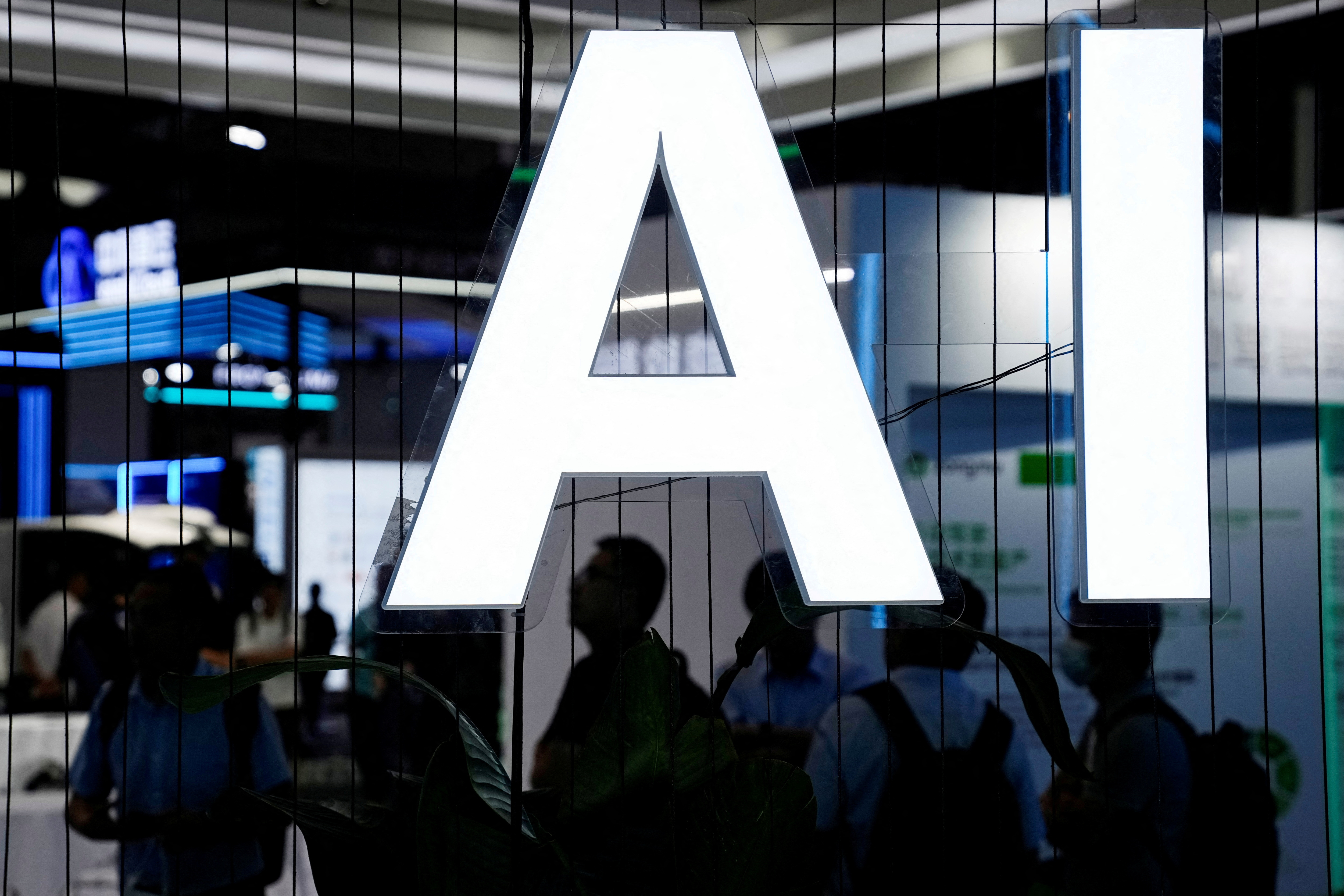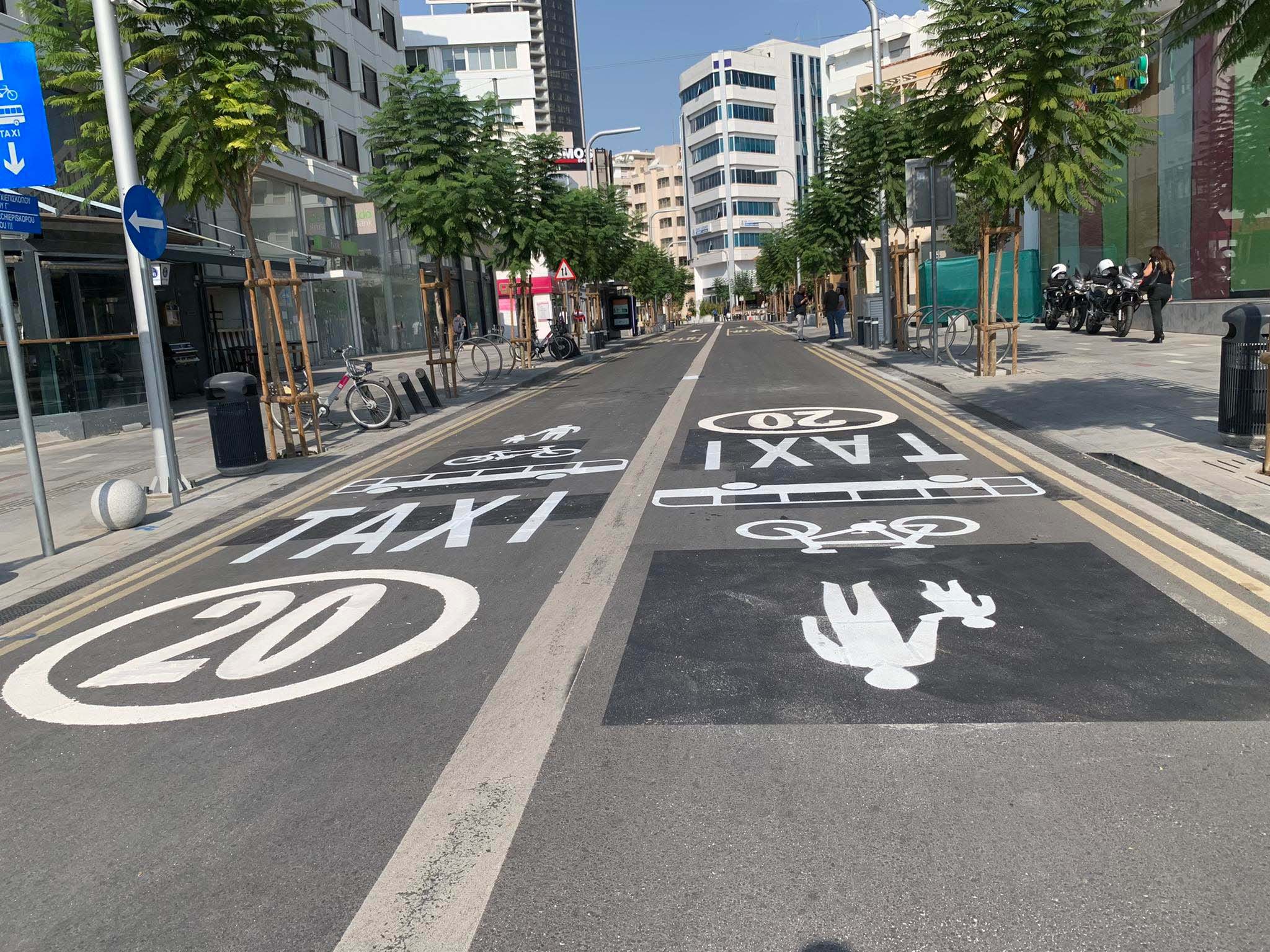“The thing that comforts me,” said Jeff Boudier at Hugging Face, the leading open platform for AI builders, “is that the internet was built on the ashes of the over-investment into the telecom infrastructure of yesterday” during the dot.com boom of the late 1990s. The coming AI crash “is going to enable lots of great new products and experiences including ones we’re not thinking about today.”
Boudier’s optimism is charming, but note that he assumes this will all happen some years after the current AI-driven boom in global and especially American markets has crashed and burned, taking some of the ‘magnificent seven’ tech companies (Meta, Tesla, Alphabet, Amazon, Apple, Microsoft and Nvidia) down with it.
Meanwhile ordinary folk will have to live through the post-Crash years one day at a time, and they may find it quite difficult.
Boudier’s promise, credible or not, is that the half-trillion dollars now being hurled at AI infrastructure – data centres, graphics processing units, land purchases, construction – will at least leave behind hardware that will serve the next AI boom in the 2030s. That’s cold comfort, and the next boom could be seriously delayed.
New-generation chatbots like China’s DeepSeek R1, launched last January, could greatly reduce the need for massive infrastructure, turning most of it into stranded assets. Or what if real AI came along, demoting all the existing Large Language Models back to their original, unglamorous status as ‘machine learning’?
Far too much money is being spent on long-odds bets that some new AI tech will appear that justifies the current ridiculously high level of investment, but only one of the magnificent seven can demonstrate that its product will ever make a profit. Nvidia is already making a very large profit – but its product is chips, which it sells mostly to the other six.
The seven together represent about a third of the stock on Standard & Poor’s Index, which tracks the stock performance of 500 leading American companies. When the Bubble bursts and at least some of them go down, therefore, they will probably take the whole market down with them at least in the US, and probably everywhere.
The Bubble (the word no longer requires explanation) is now expanding at a completely unsustainable rate. As Praetorian Capital Management CEO Harris Kupperman wrote in August, “Today I watch in awe (stupefaction, really) as companies continue to throw endless resources at AI.”
“I really thought that the CEOs of today, educated with the lessons of the prior cycle [the crash in 2000 that ended the dot.com boom], would never repeat the mistake of overbuilding at massive scale without revenue. Yet, here we are again.”
Nobody in Silicon Valley is making rational calculations of Return on Investment any more. What drives the massive spending spree now is the conviction that really useful and profitable AI will magically emerge if you just scale up the computing power enough, and that the last companies standing will inherit the earth. Delusions of grandeur, in other words.
A run-of-the-mill stock market crash was getting overdue anyway – it’s been seventeen years since the last one (not counting Covid) – but the folly of the present boom may well make the crash deeper and the recovery slower than normal. The biggest players in the system are spending vast amounts of borrowed money on a technology they don’t even fully understand.
This doesn’t mean that the crash will come this year, or even soon. During the dotcom boom Federal Reserve chair Alan Greenspan warned against “irrational exuberance” in the stock market as early as 1996, but the crash only came in 2000. “Markets can remain irrational longer than you can remain solvent,” as John Maynard Keynes put it.
In London, for example, they still tell the story of fund manager Tony Dye, aka Dr. Doom. He consistently predicted a stock market crash for five years during the dot.com boom, and was finally fired for being so persistently wrong-headed – just before the crash finally arrived.
There is definitely a hint of impending doom in the air. Stock market crashes are a feature of the system and normally just a major inconvenience, not a catastrophe (except for those who jumped too late). What further darkens the outlook is the already disordered environment in which the next one will be happening.
There are more and bigger wars than we have seen for decades, accompanied by a near-collapse of the international rule of law.
Donald Trump’s headlong assault on the established rules of international trade has made every agreement open to doubt.
The first plausible attempt is underway to end the US dollar’s monopoly as the global reserve currency and promote the Chinese yuan as a viable alternative, with the support of the BRICS group (China, India, Russia, Brazil, and six others).
We live in very unstable times.
Gwynne Dyer’s new book is ‘Intervention Earth: Life-Saving Ideas from the World’s Climate Engineers’. The previous book, ‘The Shortest History of War’, is also still available.







Click here to change your cookie preferences